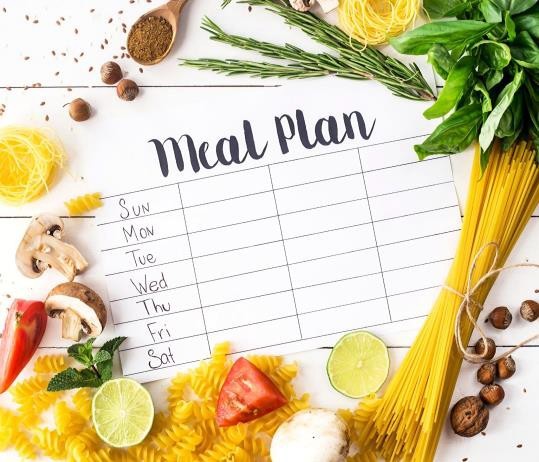- Know what a healthy plate looks like: You might remember the food pyramid, but the USDA recently released a simpler way to help people see what they should eat each day. It’s called MyPlate.
- Look for important nutrients: Make sure you eat a variety of foods to get all the nutrients you need. Your plate should look like a rainbow-bright, colored foods are always the best choice!
Read the Nutrition Facts label – The healthiest foods are whole foods. These are often found on the perimeter of the grocery store in the produce, meat, and dairy sections. When you do eat packaged foods, be a smart shopper! Read the labels to find items that are lower in fat, added sugars, and sodium.
- Use recommended servings – To maintain your weight, you must eat the right amount of food for your age and body. The American Heart Association provided recommended daily servings for adults aged 60+.
- Stay hydrated – Water is an important nutrient too! Don’t let yourself get dehydrated- drink small amounts of fluids consistently throughout the day. Tea, coffee, and water are your best choices. Keep fluids with sugar and salt at a minimum, unless your doctor has suggested otherwise.


